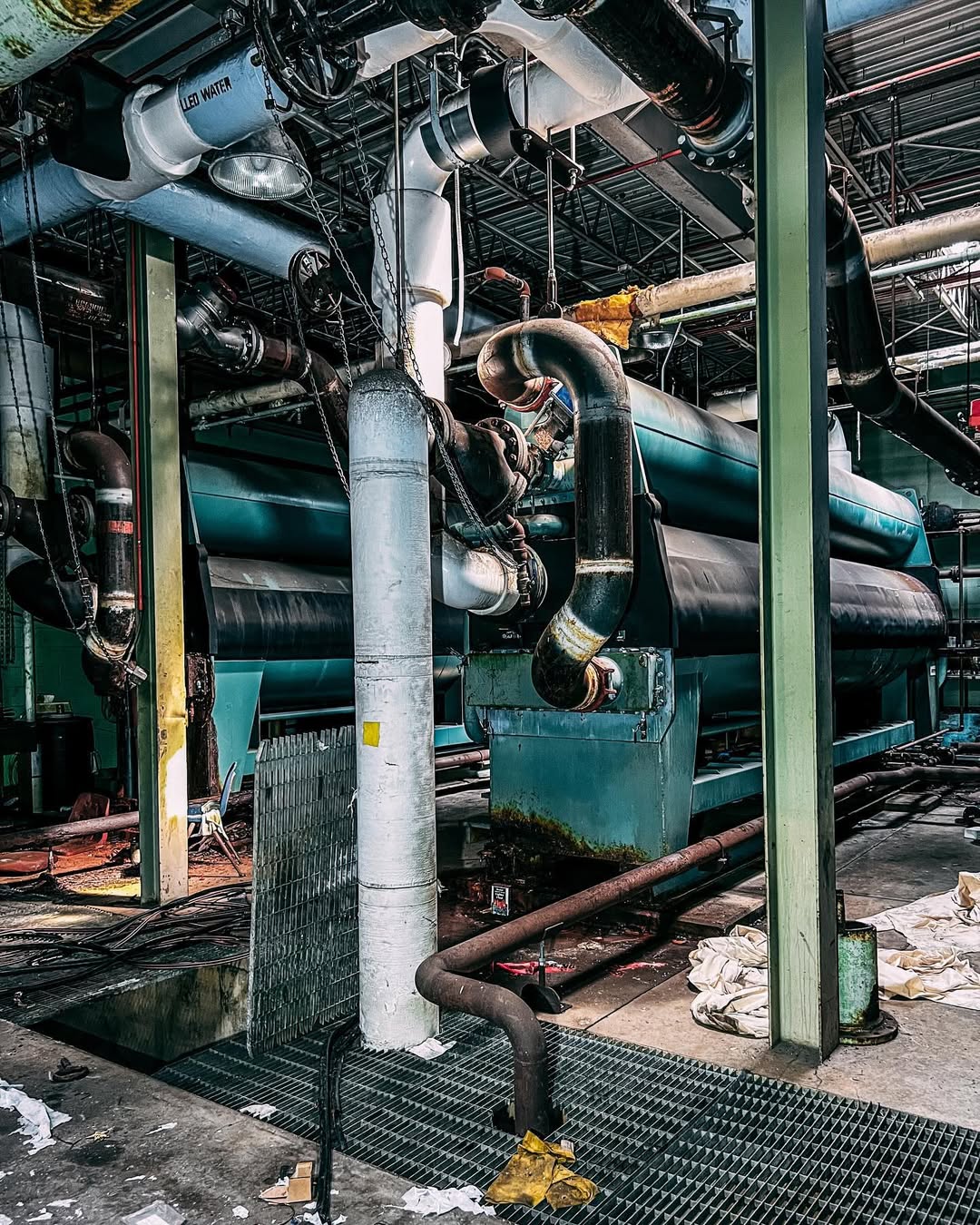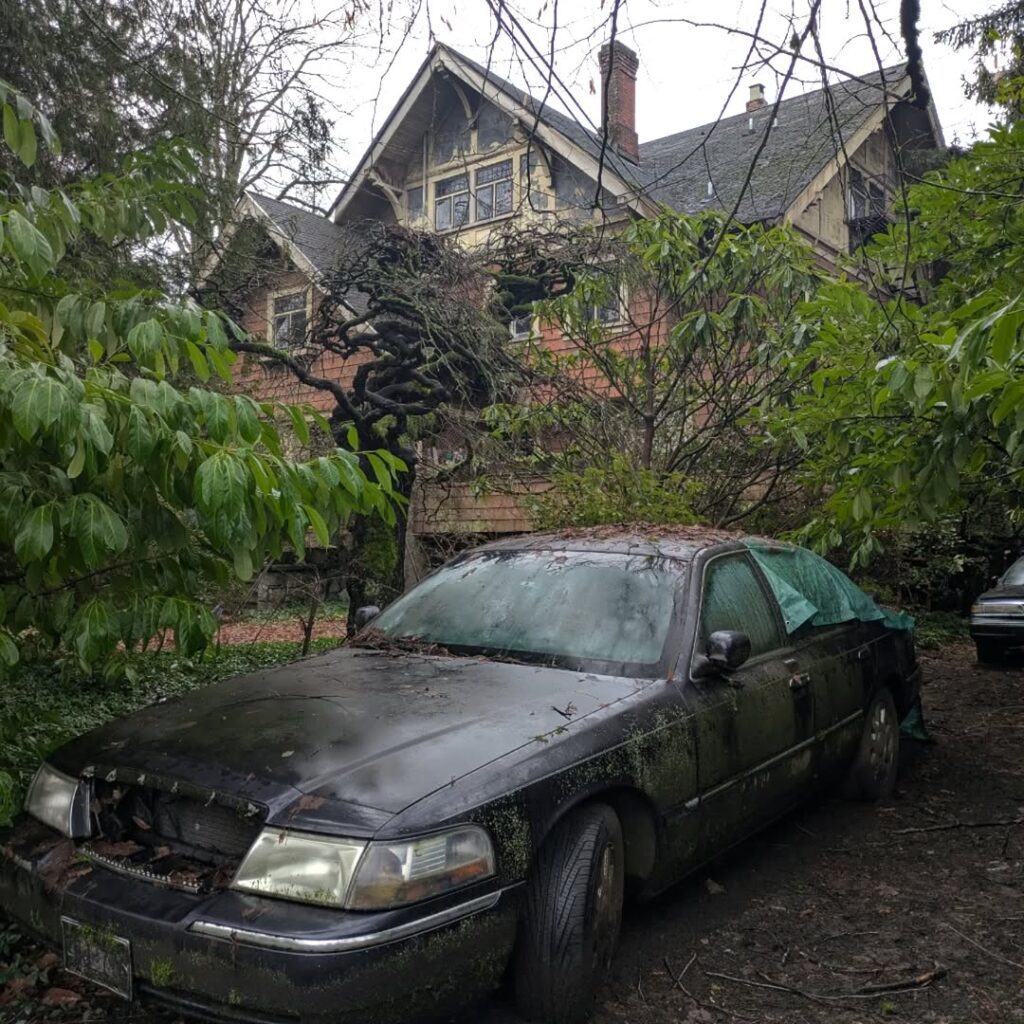Illinois stands as a testament to America’s industrial past, with numerous abandoned power plants scattered across the Prairie State. These massive structures, once the beating heart of communities and industries, now serve as haunting reminders of a bygone era. From the shores of Lake Michigan to the banks of the Mississippi River, these abandoned power plants in Illinois offer fascinating glimpses into the state’s energy production history and the evolution of American industry.
Table of Contents
ToggleThe Rise and Fall of Illinois Power Generation
Historical Context of Power Generation in Illinois
The story of power plants in Illinois begins in the late 19th century when the state emerged as a major industrial hub. Chicago’s rapid growth following the Great Fire of 1871 created an enormous demand for electricity, leading to the construction of numerous power generation facilities throughout the region. These plants primarily burned coal, taking advantage of Illinois’ abundant natural resources and strategic location along major transportation routes.
During the early 20th century, Illinois power generation expanded dramatically to meet the needs of growing cities, manufacturing facilities, and rural electrification programs. The state became home to dozens of coal-fired power plants, many of which operated for decades before economic and environmental factors led to their eventual closure.
Economic Factors Behind Power Plant Abandonment
The transition away from coal-fired power generation accelerated in the 21st century due to several converging factors. Natural gas prices plummeted due to fracking technology, making gas-fired plants more economical than aging coal facilities. Additionally, environmental regulations became increasingly stringent, requiring expensive upgrades that many older plants couldn’t justify economically.
Decommissioned power plants Illinois represents a significant portion of the state’s former energy infrastructure. Plant operators faced difficult decisions between investing millions in pollution control equipment or shuttering facilities that had served communities for generations. Most chose closure, leaving behind massive industrial complexes that now dot the Illinois landscape.
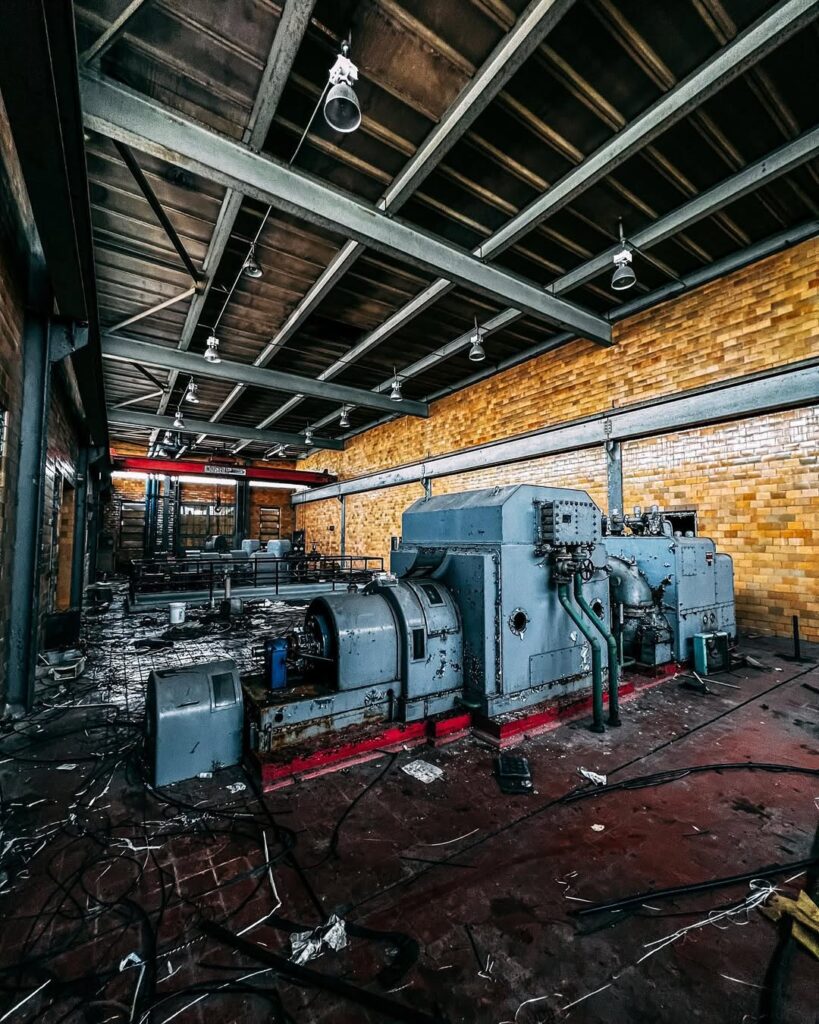
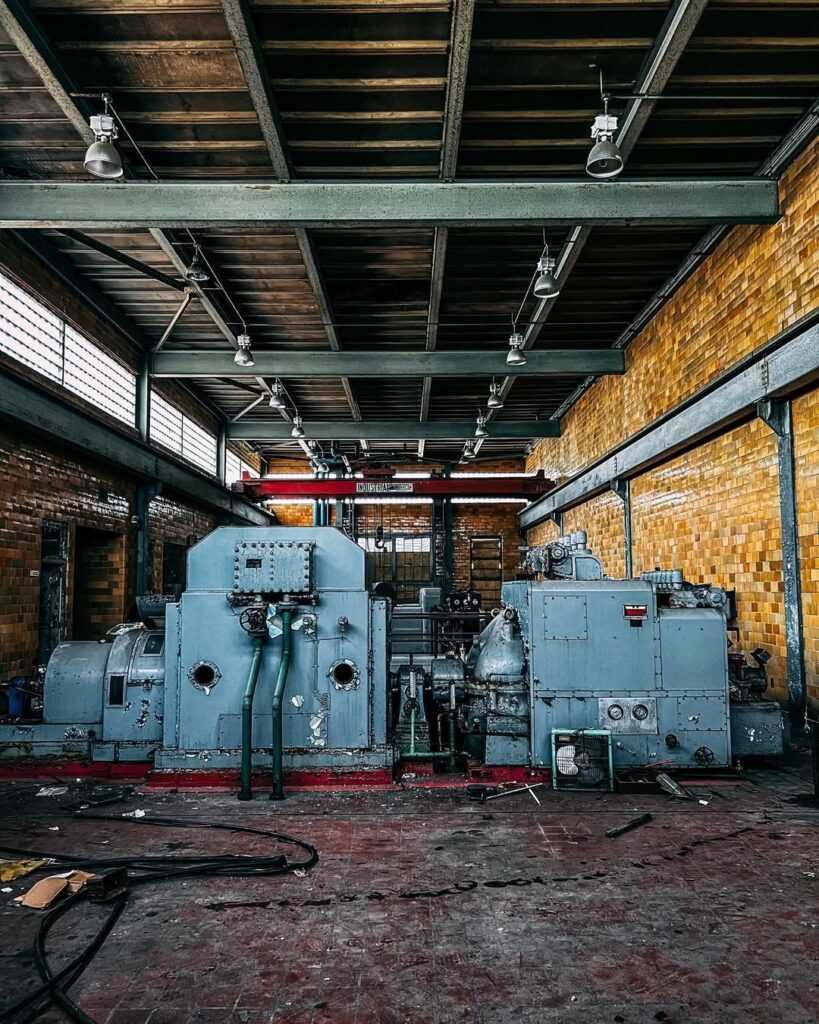
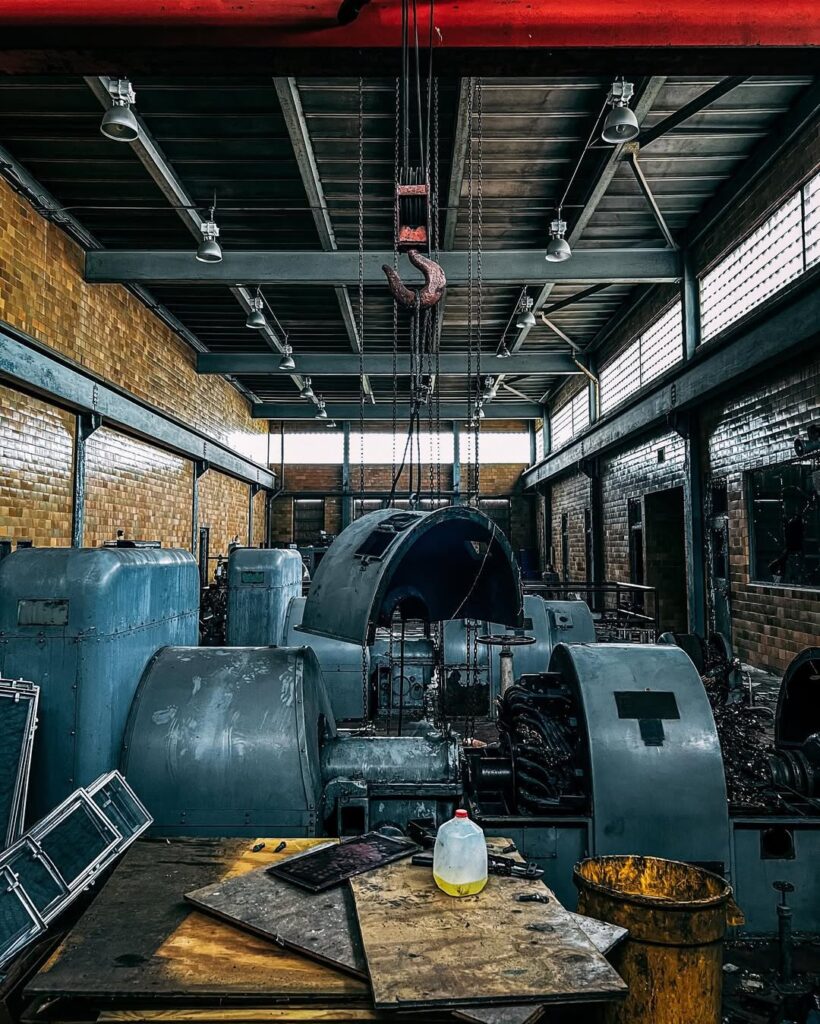
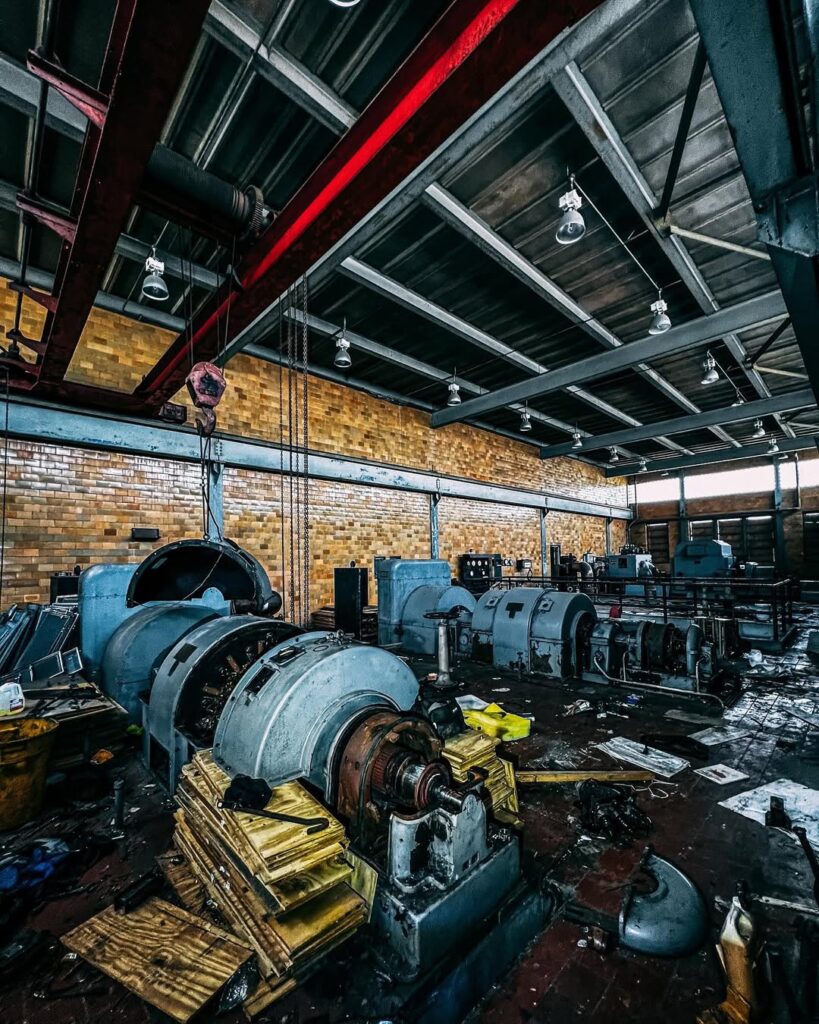

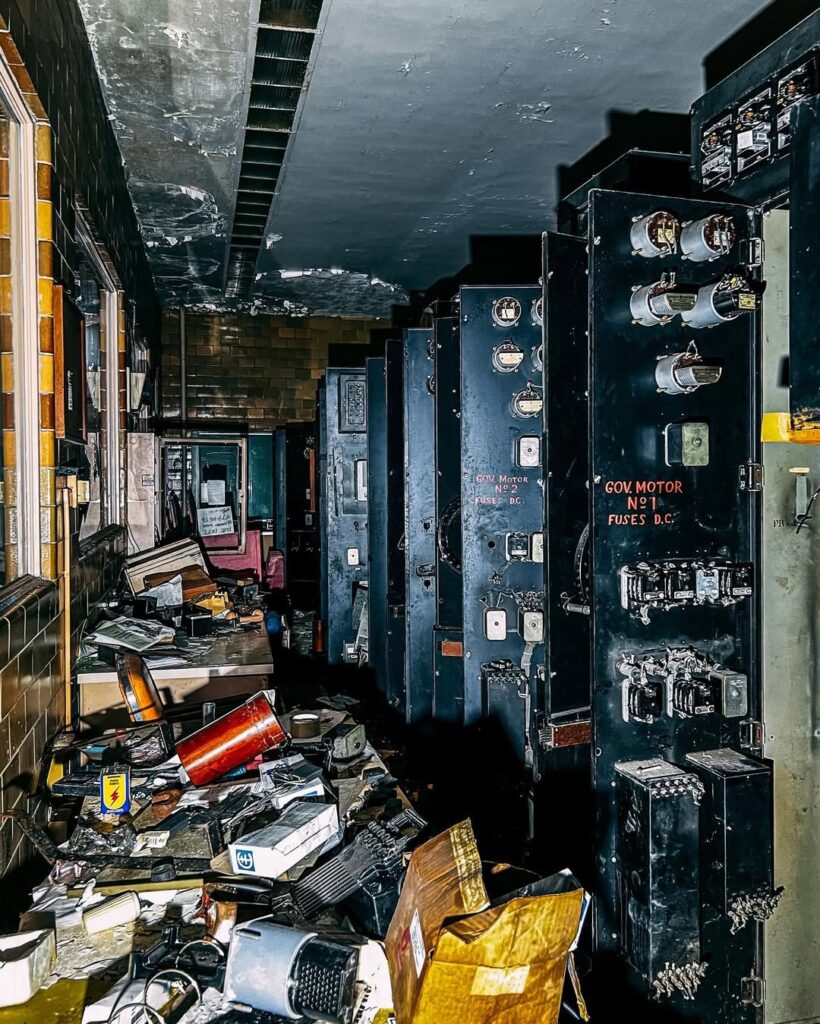
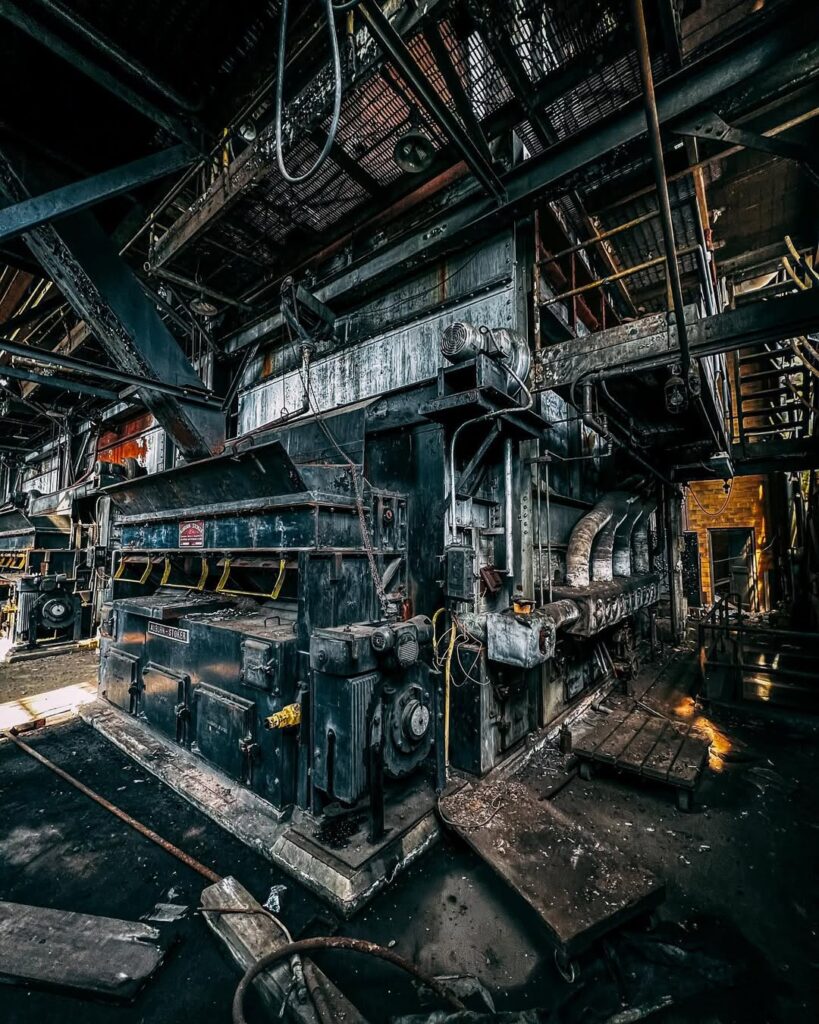

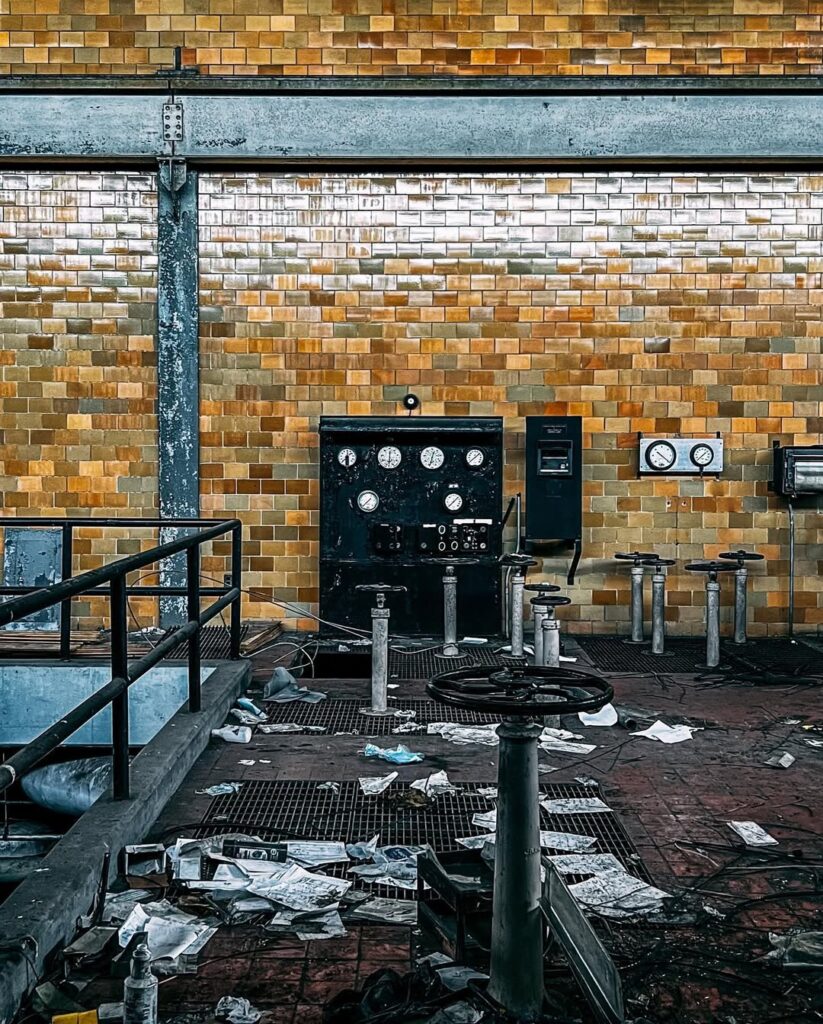
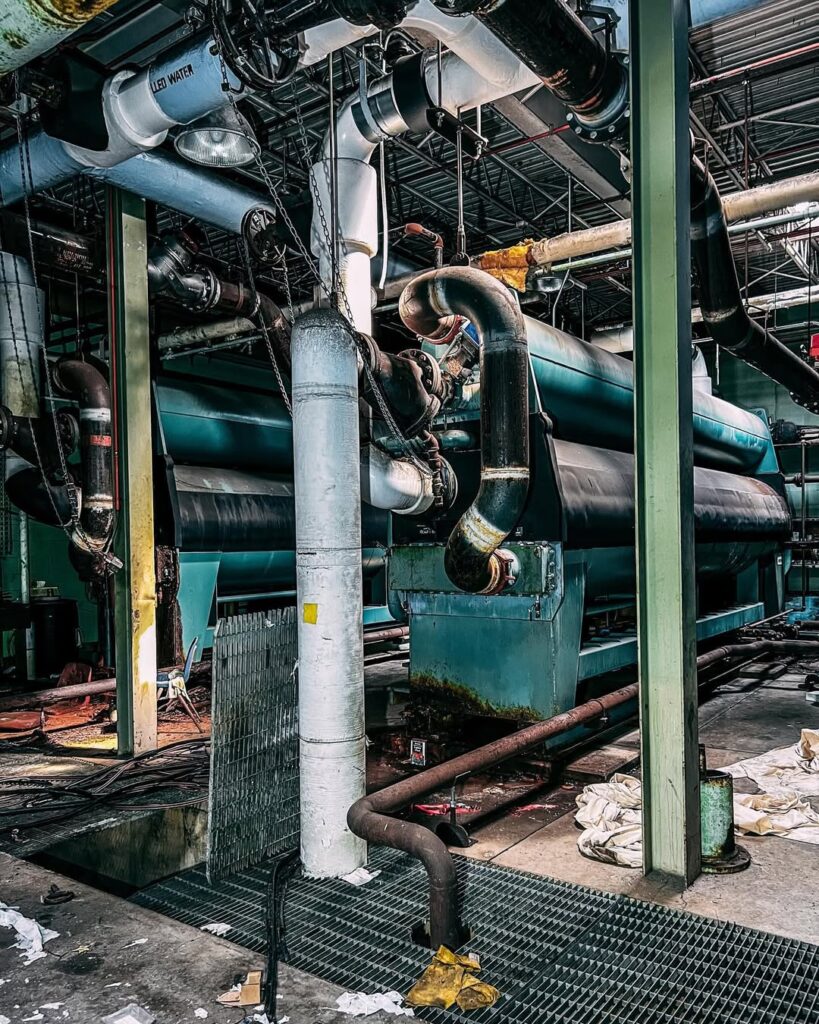
Notable Abandoned Power Plants Across Illinois
Crawford Generating Station (Chicago)
One of the most significant abandoned industrial sites Illinois features is the former Crawford Generating Station on Chicago’s Southwest Side. This coal-fired plant operated from 1924 to 2012, serving as a crucial source of electricity for the city for nearly nine decades. The facility’s four towering smokestacks became iconic landmarks visible from miles away.
The Crawford plant’s closure marked the end of an era for Chicago’s energy independence. At its peak, the facility employed hundreds of workers and burned thousands of tons of coal daily. Today, the site undergoes environmental remediation as part of plans for redevelopment, making it one of the most watched Illinois industrial heritage preservation projects.
Will County Generating Station (Romeoville)
Located in Romeoville, the Will County Generating Station represents another chapter in Illinois energy history. This dual-unit coal plant operated from 1955 to 2012, providing power to northern Illinois communities for over half a century. The facility’s distinctive cooling towers and massive boiler building made it a prominent feature of the local skyline.
The plant’s closure eliminated approximately 200 jobs and removed nearly 1,200 megawatts of generating capacity from the regional grid. Environmental concerns about coal ash storage and air emissions contributed to the decision to retire the facility rather than invest in costly upgrades required by federal regulations.
Powerton Station (Pekin)
The Powerton Station in Pekin exemplifies the challenges facing coal plants Illinois in the modern energy market. While not completely abandoned, several units at this facility have been retired, creating a partially operational site with significant unused infrastructure. The plant’s history dates back to 1929, making it one of the state’s longest-operating power generation facilities.
Recent years have seen various units at Powerton cycling between active service and mothballed status, depending on electricity market conditions and environmental compliance requirements. This operational limbo represents the uncertain future facing many aging power plants throughout the state.
Environmental Impact and Remediation Efforts
Coal Ash Legacy and Cleanup Challenges
Abandoned power plants Illinois present significant environmental challenges, particularly regarding coal ash disposal and groundwater contamination. Many facilities accumulated millions of tons of coal combustion residuals during their operational lifespans, often stored in unlined ponds or landfills that didn’t meet modern environmental standards.
The Illinois Environmental Protection Agency works closely with plant owners and federal agencies to address these legacy contamination issues. Cleanup efforts typically involve excavating contaminated soil, treating groundwater, and implementing long-term monitoring systems to protect public health and local ecosystems.
Air Quality Improvements Following Closures
The retirement of multiple coal-fired power plants Illinois has contributed to measurable improvements in regional air quality. Studies conducted by environmental agencies show significant reductions in sulfur dioxide, nitrogen oxides, and particulate matter emissions in areas surrounding closed facilities.
These air quality improvements have particular significance for environmental justice communities that historically bore disproportionate pollution burdens from nearby power plants. The closure of facilities like Crawford Station has been celebrated by community activists who fought for decades to address health impacts from coal plant emissions.
Urban Exploration and Photography
Safety Considerations for Exploring Abandoned Sites
Abandoned buildings Illinois, including decommissioned power plants, attract urban explorers and photographers drawn to their industrial architecture and historical significance. However, these sites present serious safety hazards that require careful consideration before any exploration attempts.
Structural instability, asbestos contamination, and security concerns make unauthorized access extremely dangerous and potentially illegal. Most abandoned power plants remain under active security monitoring, and trespassing can result in criminal charges. Additionally, many sites contain hazardous materials that pose health risks to untrained individuals.
Legal Photography Opportunities
Several Illinois urbex (urban exploration) enthusiasts have documented abandoned power plants through legal means, including public photography from adjacent properties and organized tours when available. Some facilities offer limited public access during demolition phases or as part of historical preservation efforts.
Professional photographers often work with property owners or demolition companies to gain authorized access for documentation purposes. These efforts help preserve visual records of significant industrial architecture before sites are completely demolished or redeveloped.
Economic Impact on Local Communities
Job Losses and Economic Transition
The closure of major power plants creates significant economic ripple effects in affected communities. Power plant closures Illinois have eliminated thousands of well-paying jobs, many of which supported families for multiple generations. These positions typically offered excellent benefits and served as economic anchors for smaller communities.
Local governments also face budget challenges when power plants close, as these facilities often represented major sources of property tax revenue. Communities must develop new economic development strategies to replace lost tax base and employment opportunities.
Redevelopment Opportunities and Challenges
Despite the challenges, some communities view abandoned industrial sites Illinois as opportunities for economic reinvention. Former power plant sites often feature excellent transportation access, existing utility infrastructure, and large tracts of developable land that can attract new industries or mixed-use developments.
However, redevelopment efforts must address environmental contamination, infrastructure compatibility, and community acceptance. Successful projects typically require significant public-private partnerships and long-term commitment from local leadership.
Architectural and Historical Significance
Industrial Architecture Heritage
Illinois power plants showcase remarkable examples of 20th-century industrial architecture. These facilities were designed not just for functionality but also to project images of progress and prosperity. Art Deco influences appear in many plants built during the 1920s and 1930s, while post-war facilities emphasized streamlined modernist designs.
The massive scale of power plant architecture creates dramatic visual impact, with towering smokestacks, enormous boiler buildings, and intricate networks of pipes and conveyor systems. These structures represent significant engineering achievements that helped power America’s industrial growth.
Preservation Efforts and Historical Documentation
Various organizations work to document and preserve the history of Illinois energy infrastructure before these landmarks disappear forever. The Illinois Historic Preservation Agency maintains records of significant power plants, while local historical societies often collect photographs, documents, and oral histories from former employees.
Some preservation advocates argue for adaptive reuse of power plant structures, citing successful examples of industrial heritage tourism and cultural venues created from former energy facilities in other states. However, the massive scale and specialized nature of power plant infrastructure makes such projects extremely challenging and expensive.
Future of Energy in Illinois
Renewable Energy Transition
As abandoned coal plants Illinois are demolished or repurposed, the state continues transitioning toward cleaner energy sources. Wind farms now dot the prairie landscape, while solar installations increasingly provide distributed generation capacity. This transition represents a fundamental shift in how Illinois produces and consumes electricity.
The Illinois Clean Energy Jobs Act sets ambitious goals for renewable energy adoption and coal plant retirement schedules. These policies will likely result in additional power plant closures over the coming decade, creating new abandoned sites while advancing environmental goals.
Grid Modernization and Storage Solutions
Modern electricity infrastructure emphasizes flexibility, efficiency, and environmental sustainability—qualities that many aging power plants couldn’t provide economically. Battery storage systems, smart grid technologies, and demand response programs now handle many functions previously requiring large central generating stations.
This technological evolution means that future power infrastructure will look dramatically different from the massive industrial complexes that characterized 20th-century electricity production. The era of enormous coal-fired power plants has largely ended, making existing abandoned facilities historical artifacts of America’s industrial past.
Conclusion: Preserving Industrial Heritage
The abandoned power plants in Illinois represent more than just unused industrial infrastructure—they embody the story of American energy development, economic transformation, and environmental awakening. These massive structures once powered the nation’s heartland, supporting communities and driving industrial growth that defined the American century.
As these facilities continue disappearing from the landscape through demolition and redevelopment, documenting their history becomes increasingly important. Whether through photography, historical research, or preservation efforts, maintaining connections to this industrial heritage helps us understand how far we’ve come and where we’re heading in our energy future.
The transition away from coal-fired power generation marks a significant chapter in Illinois history, reflecting changing environmental awareness, technological advancement, and economic realities. While the closure of these facilities creates challenges for affected communities, it also opens opportunities for cleaner, more sustainable approaches to meeting our energy needs.
For those interested in Illinois industrial history, these abandoned power plants serve as powerful reminders of the infrastructure that built modern America and the ongoing evolution of how we generate the electricity that powers our daily lives.
![]()
Abandonedplace.com is your premier online destination for discovering and share the Top 50 abandoned places in the world. Our platform is dedicated to discovering the mystery, history and beauty of forgotten places through the Lenses of Urban Exploration

